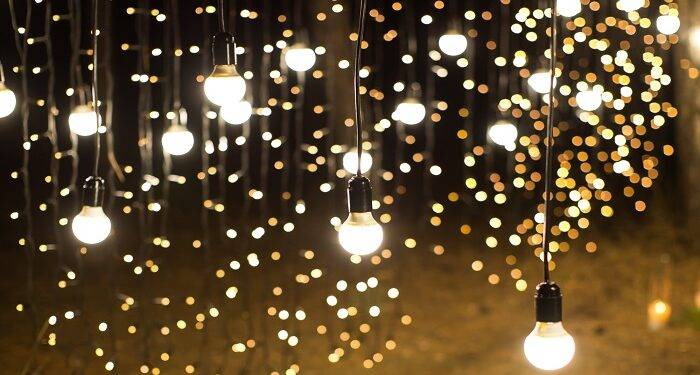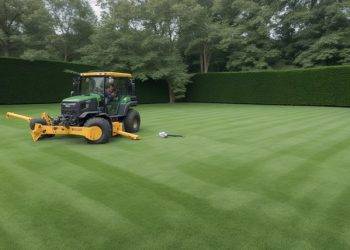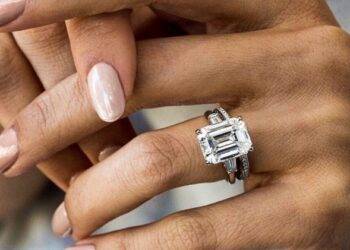When choosing lighting devices, it is necessary to pay attention to several parameters. There are no bad or good lamps or lights. You don’t think that a manufacturer will develop a specially bad lamp, do you? It’s just that each LED lamp has its tasks. Incorrect selection leads to the fact that the model is not able to perform the tasks, accordingly, we believe that this is a bad lamp. The task of lighting design is to choose the right number of lamps and their type so that each of them performs separate tasks, and together they look harmonious.
Advantages and disadvantages are determined for each type of lamp individually. Most often, they depend on the material from which they are made. As for lamps, they are selected according to the parameters of luminous power and light temperature. Let’s analyze the features of some types of lighting devices, which will help to correctly conduct lighting design and create the right atmosphere.
Pros and cons of chandeliers
Ceiling and hanging LED chandeliers are one of the most common types of lamps. They are used in both large and small spaces. You can easily change the lamp, there are a large number of models, so it is not difficult to choose the right option. They differ in material, each of which has its advantages and disadvantages. Let’s take a look at them.
- Metal chandeliers. They are strong, durable, and easy to wash. But the mass of the chandelier is large, a strong attachment is required. The cost of such a model is high.
- Glass ceiling chandeliers. One of the frequently used options. With a very large number of shapes, colors, the glass is easy to clean. But there is one main drawback – fragility.
- Wooden chandeliers. Strict, environmentally friendly, very beautiful, fit well into the interior with wooden furniture. But they require increased care, are subject to the influence of light, so they can change color over time.
- Crystal ceiling chandeliers. They look very presentable, create the effect of the play of light. But they are fragile, and their cost is very high.
- Plastic models. Lightweight, a large number of color solutions, many forms. But they look “cheap”, and plastic tends to lose color from light sources.
- Original models of chandeliers look attractive, but you need to carefully select the interior design. They tend to get dirty, and there is also a risk of fire.
In general, ceiling chandeliers look attractive and are the main background light source. But their installation is difficult, there are certain difficulties in care, they are not suitable for low ceilings.
Advantages and disadvantages of lamps
LED lamps are a modern solution for any interior. They are practical, comfortable, easy to install, and easy to maintain. These LED models have many design variations, so it will not be difficult to choose the right style. They have the following advantages:
- durable, their service life is 25,000 hours or more, depending on the model;
- consume little energy while providing a sufficient amount of lighting;
- a large selection, starting from the power, ending with the temperature of the light flux, no less a large selection from the point of view of the design;
- high level of efficiency, they are economical and easy to maintain;
- many models of lamps have a high class of protection, thanks to which they can be used in technical premises, on the streets;
- thanks to its compactness, you can implement almost any design solution;
- strong and reliable;
- safe, do not emit harmful components, there is practically no risk of fire.
These are far from all the advantages of LED lamps. They are used by electrician sacramento not only in modern design, but also in classic solutions. The lighting design just helps to introduce the LED lamp correctly into the space. However, there are also disadvantages:
- initially, the cost of an LED lamp may be slightly higher than alternative solutions, but in the long run it will pay off and be much more profitable;
- LEDs can begin to lose brightness over time, so the light dims, the designer must take this fact into account when designing the lighting design;
- a built-in diode that has burned out in the lamp is difficult to replace, sometimes it is more profitable to change the entire lamp;
- an LED driver is required for operation, it is already built-in in most lamps, but if non-standard lighting is installed, additional equipment will be required.
Despite several disadvantages, LED lamps are an excellent solution for modern design.
How street lighting is selected
Lighting design solves the task of not only lighting the interior, but also working with the exterior. Outdoor lighting is installed with a certain function: illumination of the home plot or territory, increasing the level of security, and providing the appropriate amount of light in the dark.
Street lighting is functional. In the project, the designer should pay special attention to the organization of functional lighting, as often the requirements of SNiP oblige to organize a sufficient amount of light, especially if it is a commercial space.
Small lamps on legs that are inserted directly into the ground are selected for landscape design. Lamp posts should be used to illuminate a large area . The street lamp can also be placed on the wall of the house. To optimize functionality, a motion sensor is installed, and landscape lights are installed using solar batteries.
Introduction of decorative light sources into the interior
Decorative light sources perform the task of accentuating attention and highlighting the interior area. As a decorative light source, you can use an LED strip, wall sconces, flexible neon, small spotlights, track systems, and others. During the development of lighting design, a specialist must carefully consider which areas need decorative lighting and how best to implement it.
Why is this necessary? Visual expansion of space, focusing attention on the object, hiding contrasting shadows – this is only part of the tasks performed by decorative lighting. It is often possible to manipulate space with its help. For example, install a light opposite a mirror, creating the effect of a large number of sources.
HOW TO CORRECTLY CALCULATE THE NUMBER OF LUMINAIRES AND WHAT IS THE WORLD AUDIT
To correctly calculate the number of lamps in the room, it is necessary to conduct a light audit . This is an independent assessment of architectural and interior features, which allows for the correct placement of artificial lighting sources. It is necessary for the building to comply with SNiP standards, but it is much more important to create the really necessary amount of light.
The principle “The more the better” does not work here. Excess lighting will not only hit your pocket, but also create negative emotional conditions. Therefore, you need to calculate everything, taking into account the parameters of KPO.
KPO is the coefficient of natural illumination. This is a parameter that shows the ratio of natural lighting in the room to the general. There are certain requirements for some rooms. For example, hallways, bathrooms and toilets do not necessarily have to have a natural light source. But in the bedroom, the KPO indicator should be 0.5, as well as in the kitchen or dining room. In the children’s room, it should reach 0.7, and in the office – 1.0.
How KPO is calculated:
The illumination of the room is measured with a special device. For example, it is 300 lux. Next, the lighting in the open space, which is adjacent, is measured. If it is a balcony, then you need to go out on it. Or just open the window and measure the indicator. For example, it amounted to 600 lk. In this case, KPO is a ratio of 300/600 = 0.5.
The above parameters are minimal for the organization of light in the room. Next, the specialist must calculate the required number of lamps so that the KPO is not less than the minimum values.
Of course, this is not the only parameter. Many other factors are taken into account. That is why a light audit is needed. You can order it from the Ledmir company. We conduct a lighting audit and prepare detailed reports that allow you to create a lighting design correctly.
CONCLUSION
Lighting design is part of the development of the overall design concept. It is from the selection of lamps, the number of lighting points and their appearance that the designer’s work begins. It is important to create a sufficient amount of lighting, to make it comfortable and pleasant. In addition, the light itself allows you to play with space, expand or narrow it, create visual effects and make the most of the possibilities of the interior. Pay attention to the organization of lighting and make the space comfortable.











